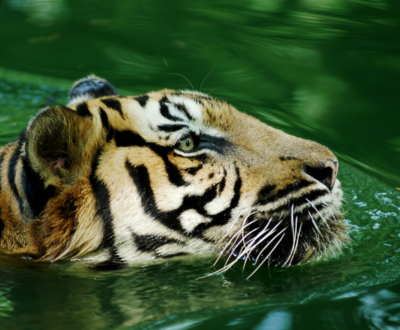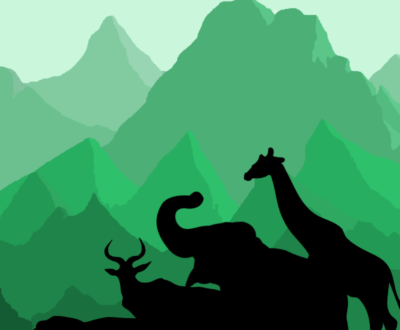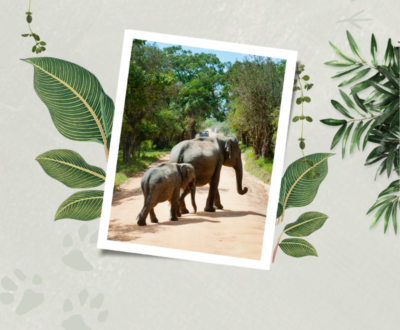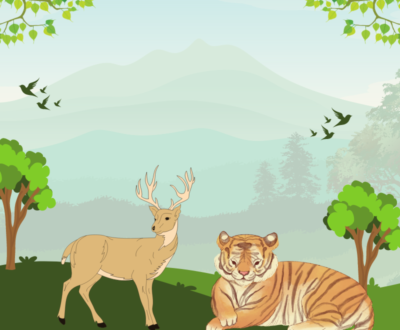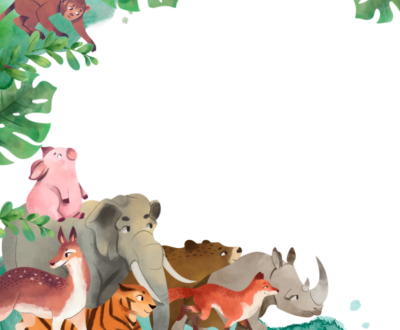- Introduction: Overview of how climate change is affecting global wildlife populations.
- Content: Specific examples of species impacted, changes in habitat, and potential future scenarios.
- Solutions: What individuals and communities can do to mitigate these effects.
1. Introduction to Impact of Climate Change and Wildlife
- Brief overview of climate change: rising temperatures, shifting weather patterns, and extreme climate events.
- Explain how climate change affects ecosystems and the delicate balance within them.
- Why wildlife is particularly vulnerable to these changes.
2. Changes in Habitats
- Loss of habitats: Melting glaciers, rising sea levels, deforestation, and habitat fragmentation.
- Examples: Arctic animals like polar bears losing ice habitats; coastal species impacted by rising sea levels.
- Desertification: Drought and desertification causing habitat shrinkage for species in arid regions.
3. Disruption of Migration Patterns
- Climate change causing seasonal shifts, affecting migratory species.
- Birds and marine animals relying on precise timings (breeding, feeding) disrupted by changing climates.
- Example: Monarch butterflies and migratory birds arriving too early or too late to find food.
4. Altered Food Chains and Availability
- Rising temperatures affecting the availability of food sources for herbivores and carnivores.
- Disruptions in plant blooming and insect populations impacting animals higher up in the food chain.
- Examples: Coral reefs suffering from bleaching due to warmer waters, impacting marine species that depend on them.
5. Species Extinction and Biodiversity Loss
- Increased risk of extinction for species that can’t adapt to rapid climate changes.
- Impact on endangered species: Climate change adds pressure on species already at risk from habitat loss and poaching.
- Examples: Amphibians like frogs are sensitive to temperature and humidity changes; coral reefs and many marine species facing mass extinction.
6. Spread of Invasive Species and Diseases
- Changing climates allowing invasive species to thrive in new regions, outcompeting native species.
- Diseases spreading faster in warmer climates, impacting wildlife health.
- Examples: Mosquito-borne diseases affecting amphibians, birds, and mammals in new areas.
7. Ocean Acidification and Marine Life
- Oceans absorbing excess CO2, leading to acidification.
- Impacts on marine ecosystems, including coral reefs, shellfish, and the entire ocean food web.
- Example: How acidification is affecting shell-building species like clams, oysters, and plankton, which are crucial to marine food chains.
8. Changes in Reproductive Patterns
- Some species’ reproductive cycles and behaviors are temperature-dependent, affecting breeding success.
- Examples: Turtles’ gender determined by temperature; warmer sands could result in skewed male-female ratios, affecting future populations.
9. Adaptation and Resilience of Wildlife
- How some species are attempting to adapt to changing climates (e.g., altering migration patterns, diet changes).
- Resilient species versus those that struggle to cope.
- Role of evolution in long-term adaptation and survival.
10. Conservation Efforts and Solutions
- The role of wildlife conservation in helping species adapt and survive.
- How protected areas and wildlife corridors can help species escape environmental pressures.
- Examples of wildlife conservation projects focused on mitigating climate change effects, like coral reef restoration or reforestation projects.
- Importance of reducing carbon emissions and engaging in global climate action to protect wildlife.
11. How Individuals Can Help
- Practical steps individuals can take to reduce their own carbon footprint, supporting wildlife indirectly.
- Supporting wildlife organizations focused on climate change mitigation.
- Raising awareness through education, advocacy, and responsible choices in daily life (e.g., reducing waste, supporting eco-friendly brands).
Conclusion: The Future of Wildlife in a Changing Climate
- Summarize the urgent need for action on climate change to prevent mass biodiversity loss.
- Highlight the interconnectedness of ecosystems and human impact on the future of wildlife.
- Call to action: Encourage readers to contribute to conservation efforts and be aware of their own environmental impact.
About us and this blog
We are a digital marketing company with a focus on helping our customers achieve great results across several key areas.
Request a free quote
We offer professional SEO services that help websites increase their organic search score drastically in order to compete for the highest rankings even when it comes to highly competitive keywords.
Subscribe to our newsletter!
More from our blog
See all posts
Introduction: The power of Best Wildlife Documentaries in raising awareness and inspiring…
Introduction: The importance of creating wildlife-friendly gardening spaces in urban areas. Content:…
Introduction: The joy and benefits of beginner birdwatching guide. Content: Essential gear,…
Introduction: Common misconceptions about zoos and conversion and their contributions to conservation.…
Introduction: The importance of sustainable travel and its benefits to wildlife and…
Introduction: Importance of wildlife photography in conservation and personal enjoyment. Content: Basic…
Introduction: Highlight the beauty and significance of national parks that aren't as…
India with its vast and varied landscapes, offers some of the world’s…
[easy-share counters=1 counter_pos="inside" native="no" hide_total="yes" fullwidth="yes" fullwidth_fix="100"]
No Comments
Recent Posts
- Top Wildlife Documentaries You Need to Watch August 30, 2024
- Gardening for Wildlife: Creating a Backyard Habitat August 30, 2024
- Birdwatching for Beginners: A Comprehensive Guide August 30, 2024

